You’re dying to get your hands (or ears) on a pair of true wireless headphones but you’re still kinda sitting on the fence. It could be the vast number of options available out there or you’re not even entirely sure if it does fits with your lifestyle. One thing you do know is that the freedom to move around without having to deal with tangled cables is really attractive. Still, there are a couple of other things that you have to consider when you are choosing a pair of true wireless headphones.
What Are True Wireless Headphones Anyway?
And what makes it different from wireless in-ear headphones or wireless earbuds?
True Wireless Headphones
True wireless headphones refer to Bluetooth earbuds or IEMs that have neither cords or wires between them nor to an audio source (smartphones, MP3 players, tablet, etc.). Since they have no wires, the mic, controls and battery are built into the housing of the earbuds.
Wireless In-ear Headphones
Wireless in-ear headphones are also Bluetooth earbuds or IEMs but with one key difference – the cable connecting both driver housing. Most people will mistake wireless in-ear headphones such as Beats X Wireless Earphones as true wireless headphones. But the cable should be the dead giveaway. You see the mic, volume control and battery are situated on the cable itself. The one common thing between types of headphones is the use of a wireless technology to transmit data. Before we give you the factors why you should buy true wireless headphones, it’s important to at least get to know first a little bit of the wireless technologies behind these.
Type of Wireless Technologies
Here’s a brief rundown to get you started:
Bluetooth Infrared (IR) Radiofrequency (RF) Kleer
Bluetooth
Most on-shelf true wireless headphones use Bluetooth. Since most electronic devices are Bluetooth-enabled, Bluetooth headphones give you more audio sources to connect to. It’s considered safer since Bluetooth connections are made possible through direct pairing. Although it doesn’t need a clear line of sight to connect, the older Bluetooth versions’ range is fairly limited as it can only reach up to 33 feet (10 m). Needless to say, sound quality can be problematic in low-quality Bluetooth headphones.
Infrared (IR)
Infrared wireless headphones transmit audio signals through infrared waves, just like your TV remote, from a base unit. The more expensive IR headphones can rival the sound quality of wired headphones. In fact, it transmits sound separately to the left and right headphones, resulting to an immersive sound effect. On the downside, the distance that infrared can reach is very restricted, with the base unit only capable of reaching IR wireless headphones up to 23 feet (7 m). Additionally, it needs to be in direct line of sight to avoid interference, making movements constipated. As long as you steer clear of obstructions, IR headphones can present no static or radio interference.
Radiofrequency (RF)
Headphones using radio waves are more powerful in terms of range, allowing you to wander around up to 300 feet (91 m) without connectivity loss. Using RF headphones is like having a tiny radio station in your head where the headphones pick up audio, and this is why it’s commonly used in silent discos. However, the lack of bass capabilities has been a common issue among RF headphone models on the market. It has better sonic quality than Bluetooth but environment setup factors in the sound performance.
Kleer
The newest in this bunch, proprietary Kleer Wireless Technology is best known for its lossless transmission of sound, providing 16-bit CD quality sound as its maker SMS Audio claims. It’s also known for its low battery consumption, lasting wireless headphones up to 3 to 4 times longer than Bluetooth headphones, and it can go as far as 50 feet (15 m). Sennheiser, a purveyor of some of the best wireless headphones on the market, uses this technology in some of its products.
A Buyer’s Guide to True Wireless Headphones
Now it’s time to dig deeper and learn about the basic factors that you should know before buying a pair of true wireless headphones.
Sound Quality Battery Life Wireless Range Comfort and Design Warranty Price
Sound Quality
Sound quality is a major consideration point in true wireless headphones. This is largely due to the way audio is transmitted wirelessly from an audio source to headphones. Unlike wired headphones, Along the way, the compression and wireless transmission can cause sound quality to drop. You should know that Sound quality can be affected by…
the distance between the headphones and source the number of obstruction (walls etc.) between the source and the headphones Bluetooth audio codecs that your headphones and source support
Bluetooth Audio Codecs
Bluetooth audio codecs are different types of algorithms that compress and decompresses digital audio signals. Codecs like LDAC, aptX and aptX HD are able to deliver sound quality at near CD quality. There is also codecs such as AAC which is pretty decent. Among them, SBC has the lowest quality of compression.
Takes Two To Tango
Both the headphones and audio sources must support the same audio codec in order for the algorithm to work as advertised. Most mobile devices support AAC and SBC only. If they don’t you can almost expect your headphones to have audio problems like stutters, or delays.
Battery Life
Battery life is a soft underbelly of true wireless headphones. Due to their relatively small driver housing, manufacturers find it a challenge to fit bigger rechargeable batteries in it. Instead, the manufacturer has a smart solution, they build the battery into their carry case and call it the “charging case”. More often than not, most true wireless headphones last about 3 hours of use on average before they get completely drained. This is where charging cases come in handy. A great charging case can give your headphones at least extra 5 to 6 hours of listening time. However, a raft of models can go further than that, including the Jabra Elite Active 65t that promises up to 25 hours of recharge and the Onkyo W800BT that can give you up to 15 hours. Don’t be deceived by what you see on manufacturers’ spec sheets, though. There are a lot of dynamics to look at in order to gauge how the battery life of true wireless headphones gets drained. For example, volume can impacts the consumption of battery life. The louder the sound, the greater power consumption.
Wireless Range
It is a myth that Bluetooth cannot do distant coverage. Bluetooth classes, which run from 2.4 to 2.485 GHz, vary in range capabilities.
Class 1 Bluetooth covers up to 328 feet (100 m). Class 2 Bluetooth covers up to 33 feet (10 m). Class 3 Bluetooth covers less than 33 feet.
Almost all audio sources like mobile devices and laptops only have Class 2 Bluetooth device installed. It only makes sense for true wireless headphones manufacturers to produce headphones with Class 2 Bluetooth support. For instance, the Jabra Elite 65t, the Sony WF-1000X, the Onkyo W800BT and the Beoplay E8. An outlier will be the Apple AirPods. With big thanks to the Apple’s W1 chip, AirPods can go as far as 100 feet (30 m). That is considered as a Class 1 device.
Range Is Not Everything
Having great Bluetooth range is cool but we should be careful to not over-prioritise it. To achieve good sound quality, you have to factor in the speed of transmission and also the amount of data that can be transmitted. In fact, there are better transmission technologies such as Wi-Fi that can accomplish that.
Comfort and Design
The absence of cables in headphones provides an extra layer of convenience and it might be for that same reason true wireless headphones have gained traction in the last two years. When choosing the best true wireless headphones, you should take into account the level of comfort and functionality they will give you. Otherwise, you will miss the inherent purpose of getting a pair of cable-free headphones–freedom of movement and comfort. Sometimes to get more battery life out of the true wireless headphones, the manufacturer will fit a bigger battery into the housing. This can cause it to become bulky and even unsightly. But aside from the comfortability of the design, sometimes, comfort also lies on the users. Make sure to not turn up the volume at maximum level all the time to prevent noise-induced hearing loss. A comfortable pair of true wireless headphones…
Fits snugly in your ear canal, enough to stay put even when you’re constantly moving Is lightweight to prevent fatigue Has controls and buttons well placed
A bad pair of true wireless headphones…
Is bulky and heavy Causes pain and discomfort
Comfort is subjective to individuals and their lifestyles. We will not cover them all but let’s roughly run through them. Do you value peace and quiet more? The Sony WF-1000X comes with active noise-cancelling (ANC). It has “Smart Listening” mode which switches from ANC mode to ambient mode depending on your activity. Do you put more weight on fitness tracking and sweat proofing? The Jabra Elite Sport, the Bose SoundSport Free, and the Jaybird RUN should be on your radar. Are you looking for a solid memory storage to accommodate your music playlists? The Bragi The Dash and Dash Pro are the way to go. Are you making a fashion statement? The Samsung Gear IconX and the Bragi the Headphone could top the list.
Warranty
As a technology in its early stage, true wireless headphones have their fair share of hiccups, even the best brands, and the most expensive models. That’s why it’s extremely necessary to take warranty and return policy into consideration before finally deciding on your next purchase. If you can try the headphones on first, that would be great to gauge the build quality. If you’re planning to buy online, make sure to get acquainted with the manufacturer’s return policy as well as its customer service.
Price
True wireless headphones tend to be pricier. True wireless headphones like the Beoplay E8 can costs up to almost €300 while it’s wireless compatriots like the Beoplay H5 cost €50 lesser. Setting its luxury branding aside, it’s not cheap to make great true wireless headphones. To be able to output high-quality music in a small package with limited power is a major challenge. Manufacturers had to invest into R&D to overcome them. Despite that, if you are not willing to splurge but still want a pair of decent-performing true wireless headphones, there are cheaper models primed to give you a bang for your buck. In no particular order, here are some models you might want to take a look at.
1. Anker ZOLO Liberty
The Anker ZOLO Liberty promises an immersive sound, delivering exceptional clarity and treble, deep bass, and noise isolation option to your audio experience. This sweat-proof pair guarantees you 3.5 hours of playback and additional 24-hour battery life support through the charging case. For people on the go, the lightning fast pairing comes in very handy. Plus, Anker offers a 12-month warranty for these headphones.
2. Motorola Stream
The Motorola Stream offers solid features at an affordable price. It is powered by Bluetooth 4.1 and is IP54-certified, making it water and dust resistant. You’re also guaranteed a reliable connection from an audio source without dropouts. These headphones support Siri and Google Assistant. In terms of battery life, this pair can only last up to 2 hours on a single charge and up to 6 hours with its charge case. It can deliver deep, rich high-fidelity sound, but in quiet environments, there could be minor hisses. It has built-in buttons that perform multiple functions.
3. Treblab X2
With all its neat features for less than $100, the Treblab X2 gives you a lot of bang for your buck. Its Beryllium-made speakers produce an ultra high-definition 3D sound quality. It also has an advanced passive noise canceling capability, built-in controls, and Siri support. Its Bluetooth 4.2 gives you a more stable signal and a smoother and clearer call clarity. It’s IPX4 water-resistant and sweat-proof certified so you can focus on your intensive workouts (or even your jog in the rain) without worries. In terms of battery life, the headphones can last up to 5 hours, the same goes for the case. Best of all? Treblab offers a lifetime warranty, 30-day return, and money-back guarantee for dissatisfied customers.
4. LiteXim Aerobuds
Another great option for active users and adventure seekers, the LiteXim Aerobuds don’t disappoint with all its capabilities. No dropouts are guaranteed, allowing you to go as far as 130 feet from an audio source. It’s noise isolation-ready whenever you need laser-focus attention on something, and it’s sweat-proof. LiteXim uses its proprietary Unique Vivid Bass technology for a high-fidelity 3D sound experience. This 3D sound experience makes it a great choice for gaming on your mobile or even PC.This model operates on a single button only, making it super easy to use whether you’re playing music or answering calls. Battery life? It set you off up to 4 hours, plus 14 hours extra courtesy of its charging case.
5. Motorola VerveOnes+
The Motorola VerveOnes+ stays alive up to 3 feet of fresh water as long as 30 minutes, thanks to its IP57 rating. Like all other Motorola wire-free headphones, this set promises deep, rich HD sound with support for Siri and Google Now. Its TrueSync has been improved for gapless sound. And when it comes to battery, it can last up to 8 hours of playback with the support of the charging case.
6. Tranya Sports
A $50 true wireless headphones with Bluetooth 5.0 into the bargain? Tranya clearly wants to make a statement. The use of the latest Bluetooth version makes the Tranya Sports a force to reckon when it comes to sound quality, producing lossless HD rendering with deep bass and crystal crisp treble. The Tranya Sports blocks out noise well and gives stable, hypersensitive and low latency connection up to 33 feet. The headphones have built-in controls for answering or rejecting calls and playing or skipping or pausing music playback. You also get a support for Siri on this one. Talking about battery, the Tranya Sports can cover you up to 4 hours of playback on top of the 15 hours of support from the charging case. Tranya gives you a one-year warranty and 30-day return guarantee.
7. Airtome Mini
One of the many doppelgangers of the AirPods, the Airtome Mini is a good pair, to begin with. For under $50, you get the sleek design of the AirPods and the common functionalities you need in true wireless headphones. The Airtome Mini is sweat-proof and a has noise canceling ability. It uses Bluetooth 4.1, allowing you to get an impressive deep bass and clear treble up to 33 feet. The pair gives you a run for your money with its 6-month warranty and 30-day no-reason return policy.
8. PunkBuds Capsule
Other than its unique punk rock design, the PunkBuds Capsule has more impressive functionalities up its sleeve. These include the built-in one-button control, a waterproof charging case that serves as a speaker, and an active noise canceling microphone. It uses Bluetooth 4.1 and EDR Bluetooth for easy pairing, even up to 33 feet away. The battery can last you up to 7 hours of talk time and up to 5 hours of playback. Additionally, the charging case can accommodate up to 10 recharges before dying out. Best of all, you get a lifetime warranty from PunkBuds.
9. ICEtek
Another AirPods-inspired true wireless headphones, ICEtek offers simplistic design and functions. It employs a one-button control for that straightforward use of the headphones. It’s powered by the latest TWS technology to deliver an instant syncing and pairing with an audio source up to 33 feet. For calls, both left and right headphones perform well with noise canceling ability. For music playback, the headphones can deliver a sharp HD stereo sound with depth and treble. As for power consumption, ICEtek can last 2.5 hours with a support of up to 15 hours.
10. FocusPower F8
Running on Bluetooth 4.2 and IPX7 waterproof design, the FocusPower F8 is the pair that you can bring with you under the shower. It can last you up to 4.5 hours of talk and music time and recharge up to 13 hours more via charging case. What’s promising about this set is the 25-minute full battery charging of the earbuds. Also, the FocusPower F8 allows you to connect to two Bluetooth devices and connect each headphone to the devices. It has no buttons but uses Siri instead for controls. FocusPower offers a 3-month money-back and 18-month manufacturer’s warranty.
Who Should Buy?
Fitness enthusiasts and sports athletes
Fitness enthusiasts and sports athletes move a lot so wireless earbuds are a great investment to make. Whether you’re hitting the track or the treadmill, the freedom to move without getting strangled by cables is something you will definitely appreciate. Some wireless headphones also have fitness tracking systems to help you monitor your heart rate, pulse rate, etc. Bragi and Apple are big in those areas.
A Traveller Must-Have
People who are constantly on the road should start considering true wireless headphones as a travel must-have. You won’t know how much comfort they offer until you get to experience cable-free music streaming while on a cross-country flight or lugging your stuff around.
Why Isn’t It for You?
If you’re someone who tends to lose your pen or keys, you should think twice before getting a pair. Given the tiny nature of true wireless headphones, you will have a high chance of misplacing them if you do not immediately place them back into the charging case. Some true wireless headphones have a special tracking system. For example, Apple allows you to track your AirPods via either iCloud or the “Find My iPhone” app. Some headphones companies, like Apple and SOL Republic, even go as far to offer replacement earbuds for a discount. As mentioned in the battery section, power consumption is a major concern among all true wireless headphones. Those who lack the discipline in making sure their charging case have enough power will often find themselves with a drained pair of headphones.
Conclusion
If you’re still on the fence, the best way to look at it is to weigh the features of true wireless headphones and assess how it can benefit you in the long run. Before checking out true wireless headphones, make sure to rank which factors are most important to you. And remember, different brands have different strengths. Take your time to do your research before making the purchase.
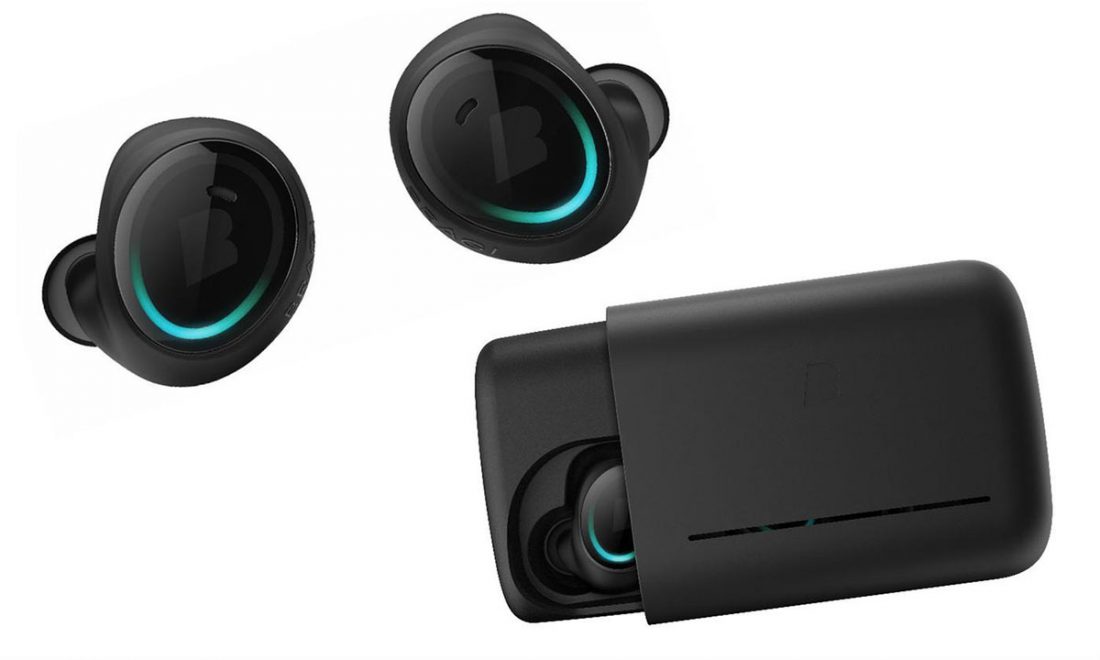
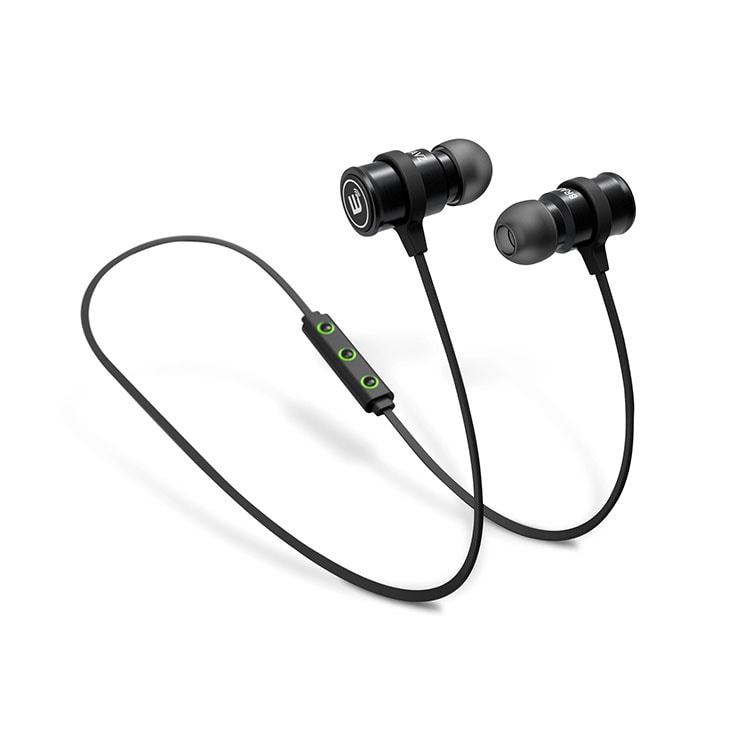
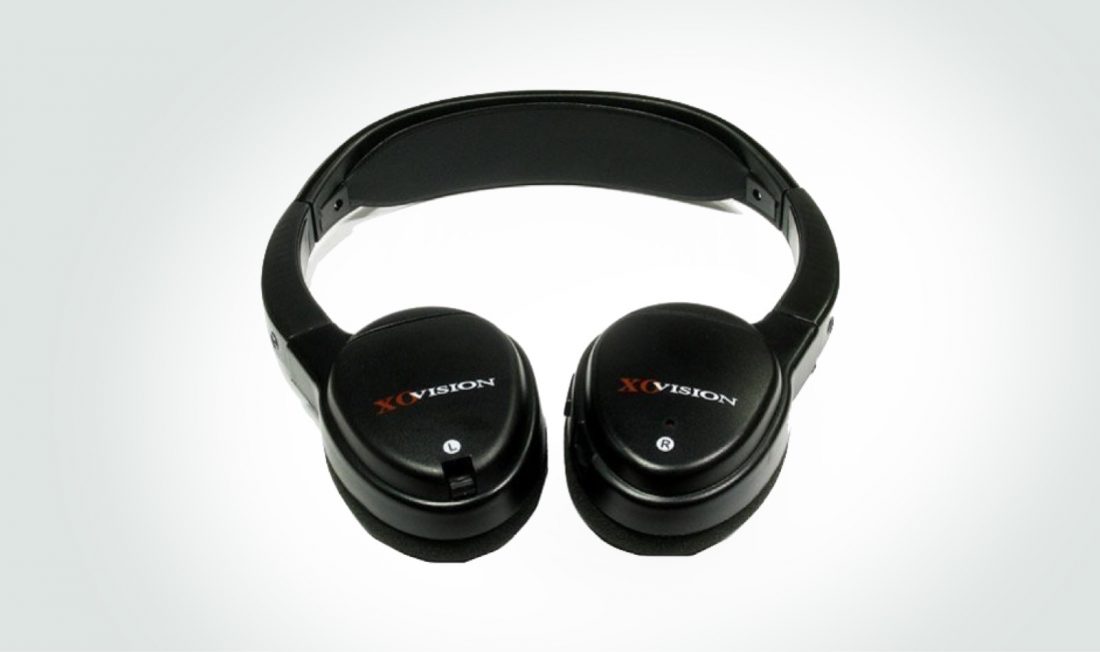
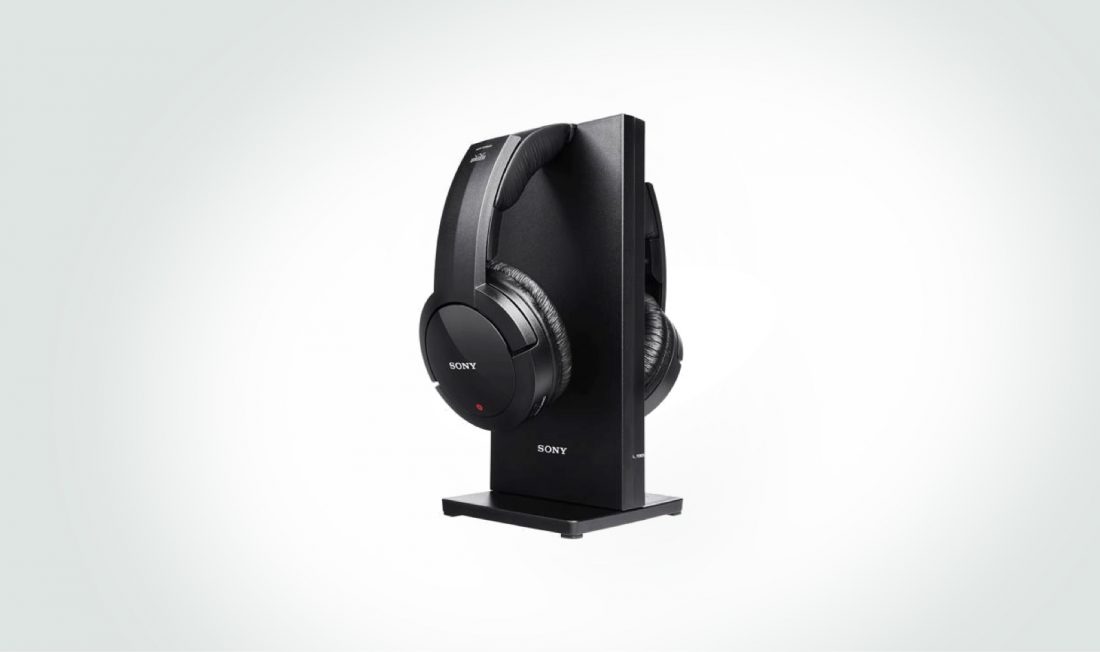
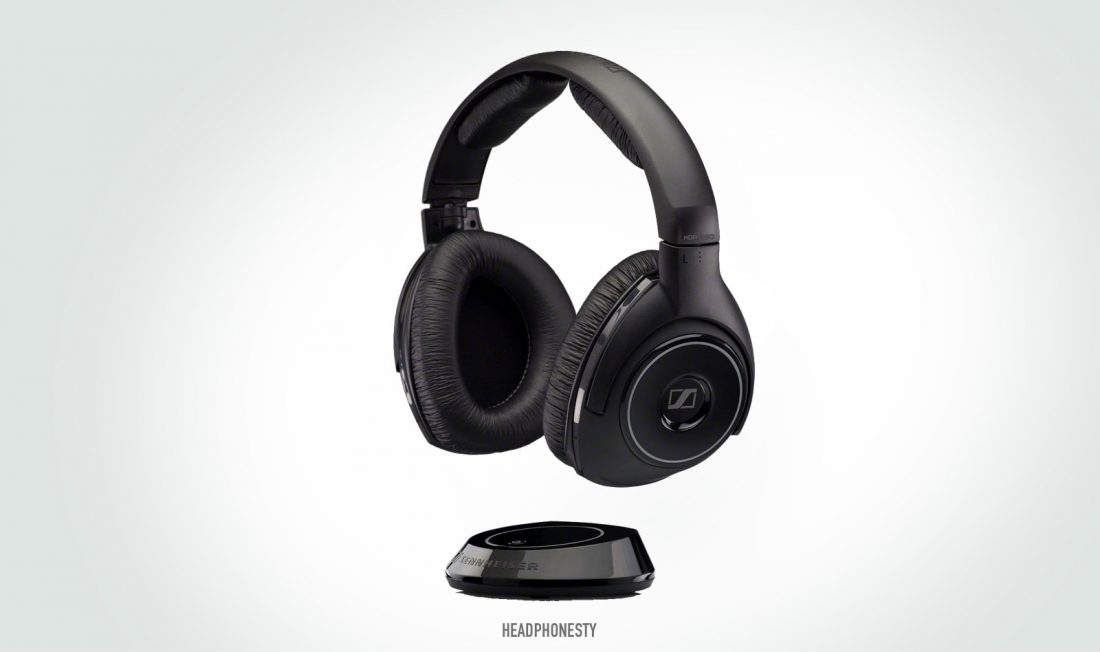

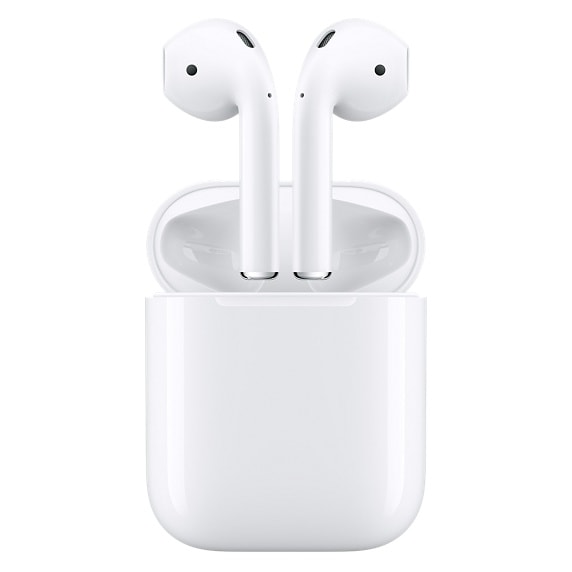
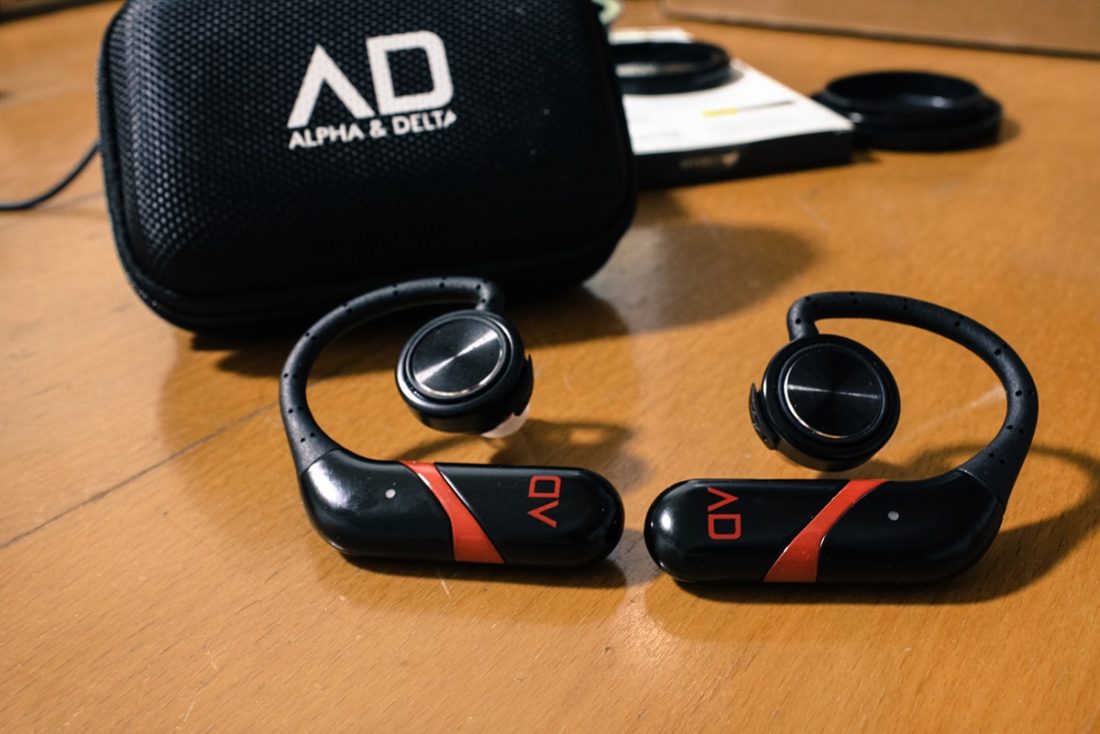
![]()

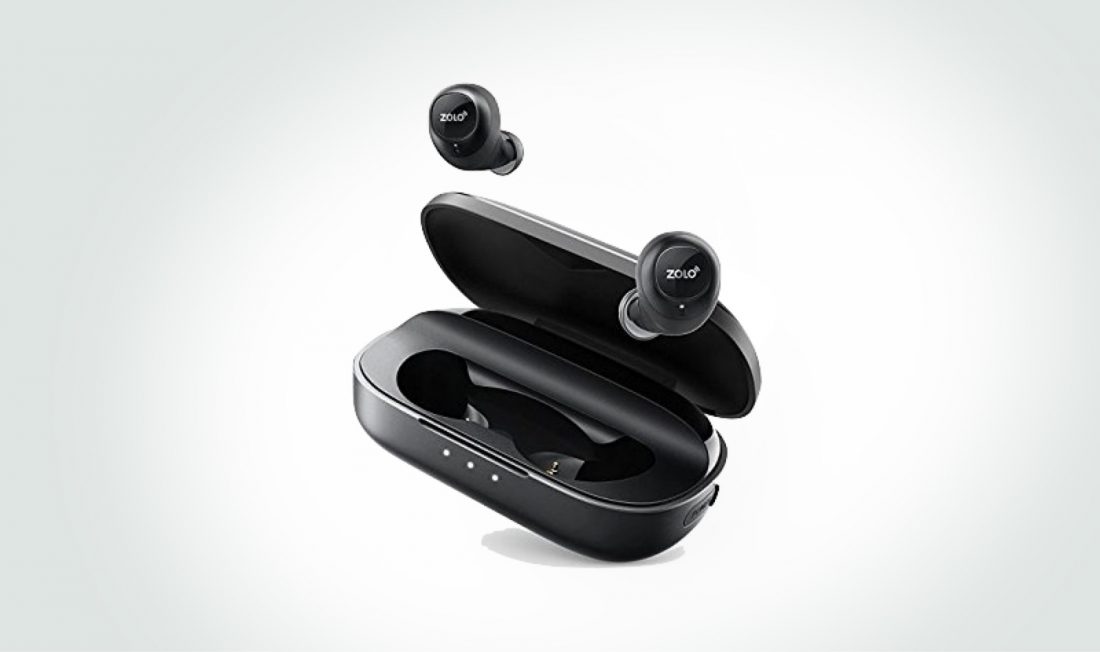
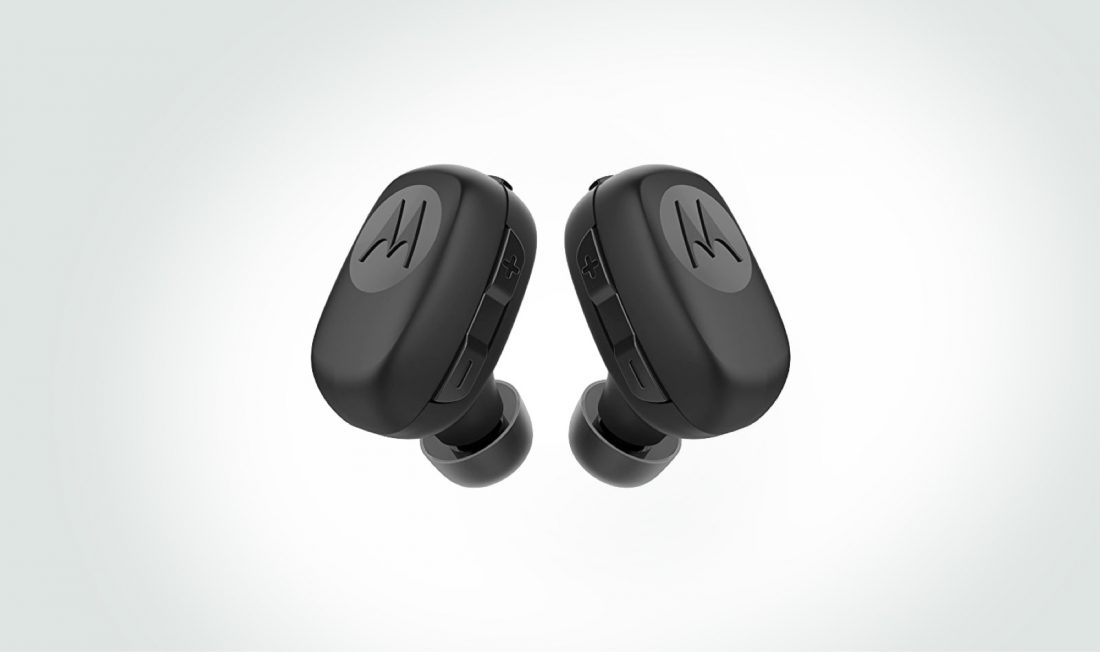









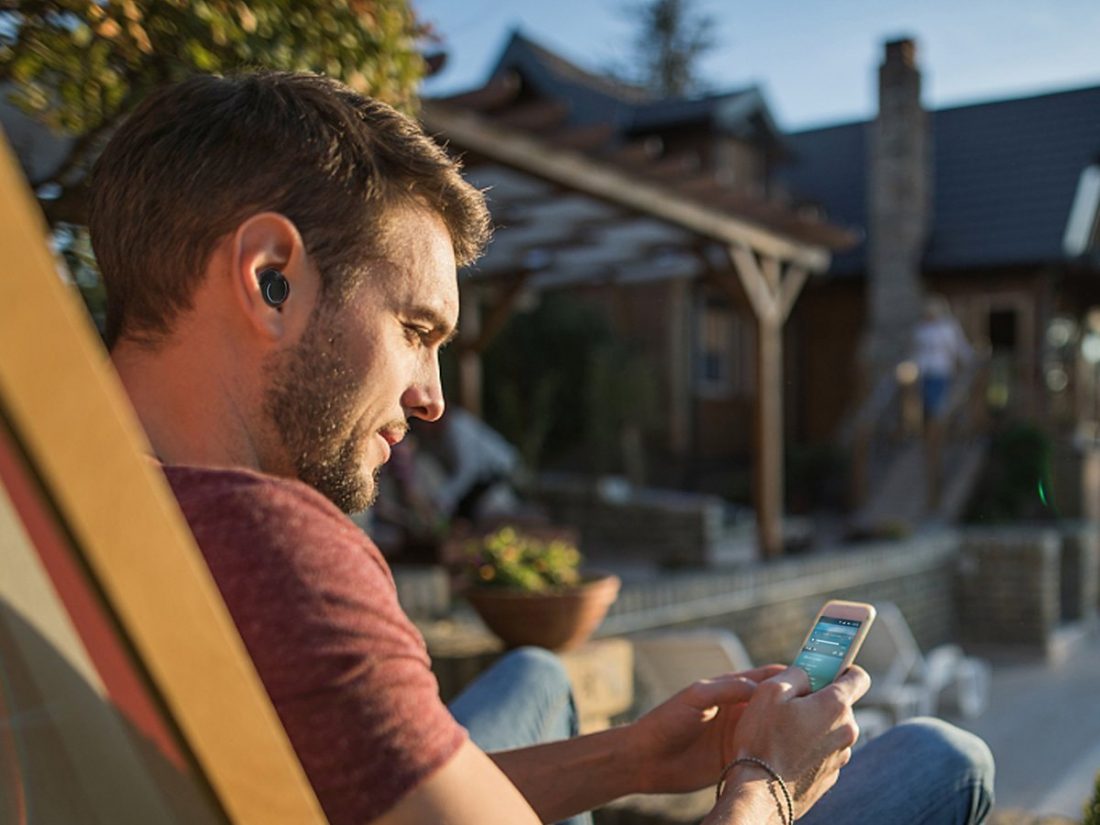
![]()